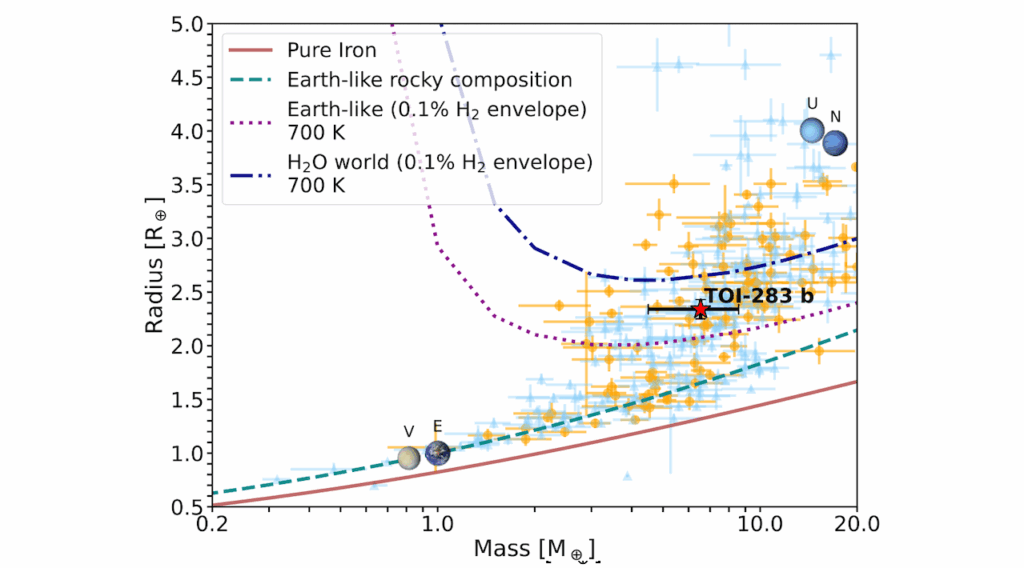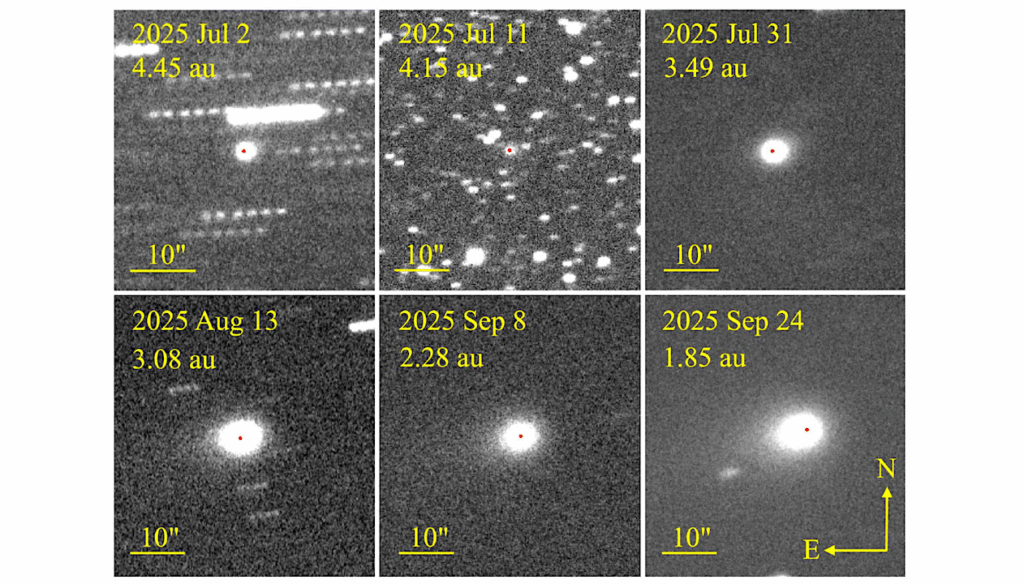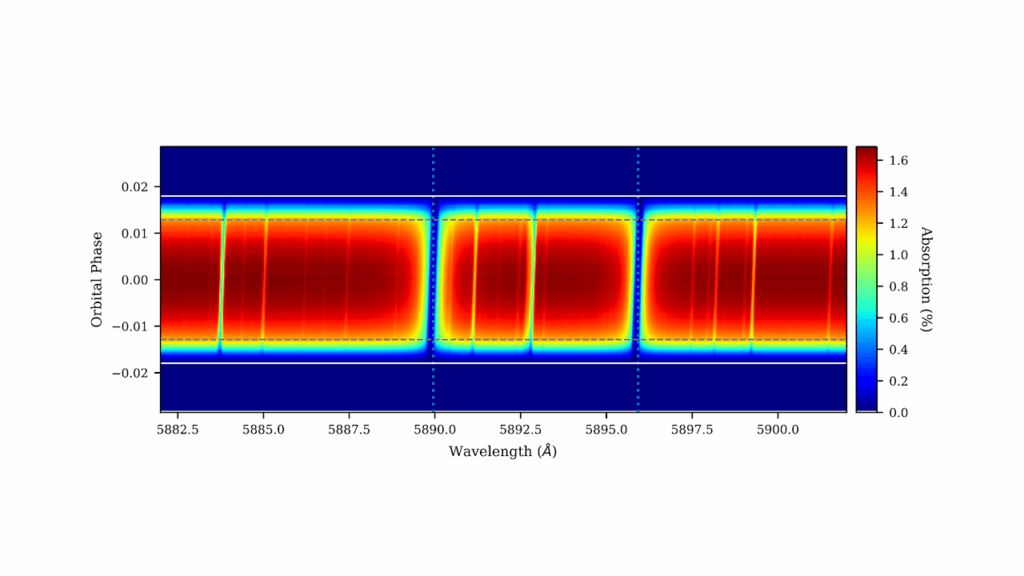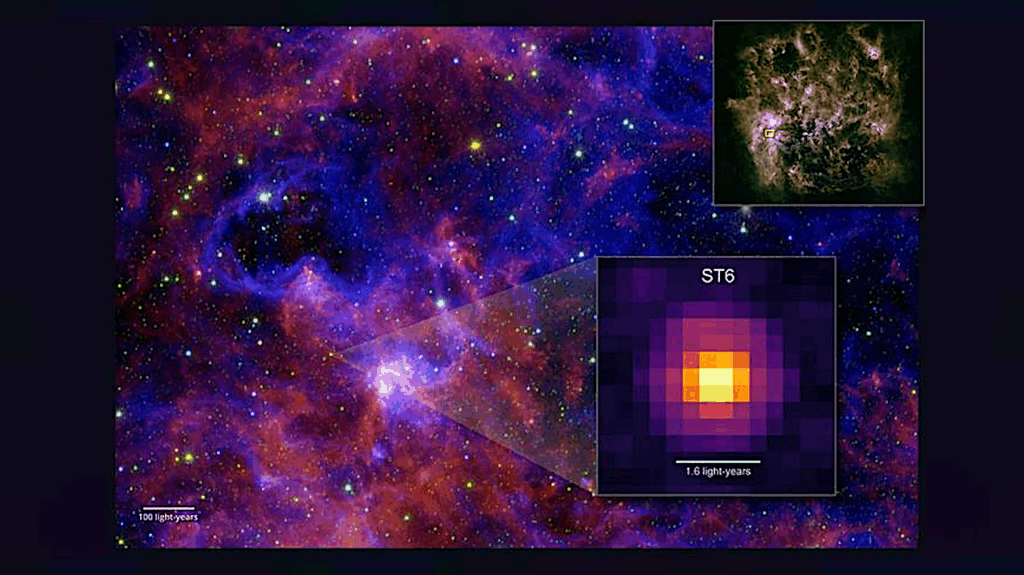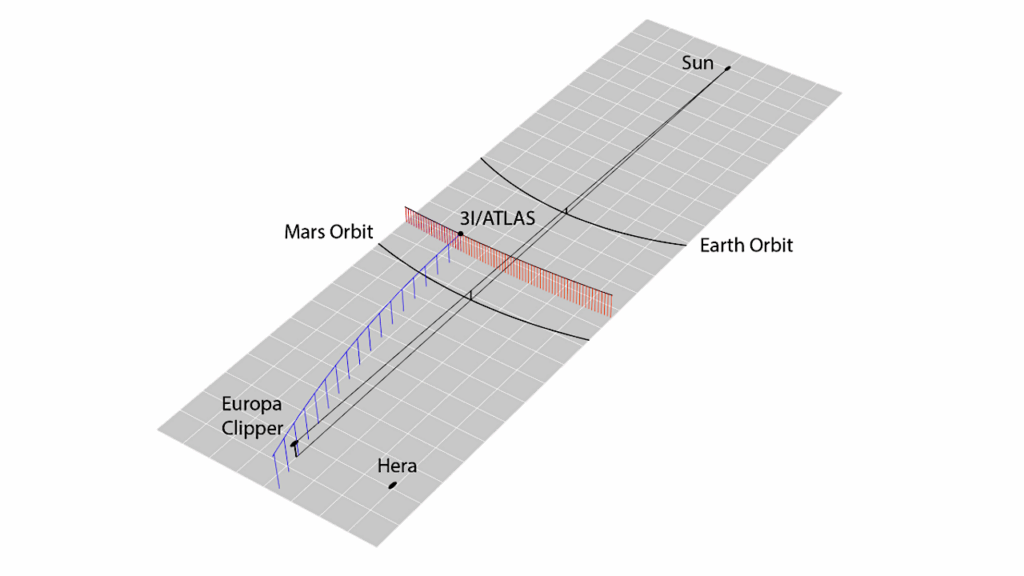The Detectability of CH4/CO2/CO and N2O Biosignatures through Reflection Spectroscopy of Terrestrial Exoplanets
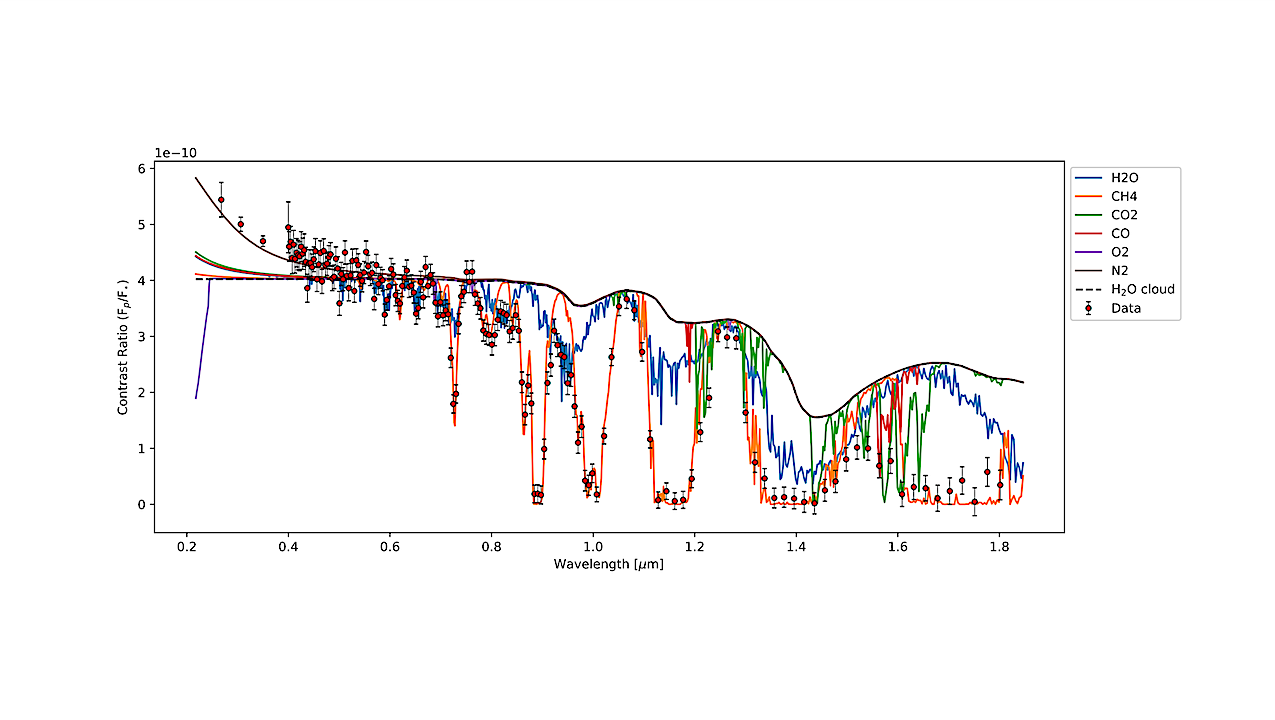
The chemical makeup of Earth’s atmosphere during the Archean (4 Ga-2.5 Ga) and Proterozoic eon (2.5 Ga-0.5 Ga) contrast considerably with the present-day: the Archean was rich in carbon dioxide and methane and the Proterozoic had potentially higher amounts of nitrous oxide.
CO2 and CH4 in an Archean Earth analog may be a compelling biosignature because their coexistence implies methane replenishment at rates unlikely to be abiotic. However, CH4 can also be produced through geological processes, and setting constraints on volcanic molecules like CO may help address this ambiguity.
N2O in a Proterozoic Earth analog may be evidence of life because N2O production on Earth is mostly biological. Motivated by these ideas, we use the code ExoReLℜ to generate forward models and simulate spectral retrievals of an Archean and Proterozoic Earth-like planet to determine the detectability of CH4, CO2, CO, and N2O in their reflected light spectrum for wavelength range 0.25-1.8 μm.
We show that it is challenging to detect CO in an Archean atmosphere for volume mixing ratio (VMR) ≤ 10%, but CH4 is readily detectable for both the full wavelength span and truncated ranges cut at 1.7μm and 1.6μm, although for the latter two cases the dominant gas of the atmosphere is misidentified.
Meanwhile, N2O in a Proterozoic atmosphere is detectable for VMR=10−3 and long wavelength cutoff ≥1.4μm, but undetectable for VMR ≤10−4 . The results presented here will be useful for the strategic design of the future Habitable Worlds Observatory and the components needed to potentially distinguish between inhabited and lifeless planets.
Armen Tokadjian, Renyu Hu, Mario Damiano
Comments: 12 pages, 7 figures, accepted for publication in AJ
Subjects: Earth and Planetary Astrophysics (astro-ph.EP)
Cite as: arXiv:2410.14848 [astro-ph.EP] (or arXiv:2410.14848v1 [astro-ph.EP] for this version)
https://doi.org/10.48550/arXiv.2410.14848
Focus to learn more
Submission history
From: Armen Tokadjian
[v1] Fri, 18 Oct 2024 20:01:57 UTC (282 KB)
https://arxiv.org/abs/2410.14848
Astrobiology


